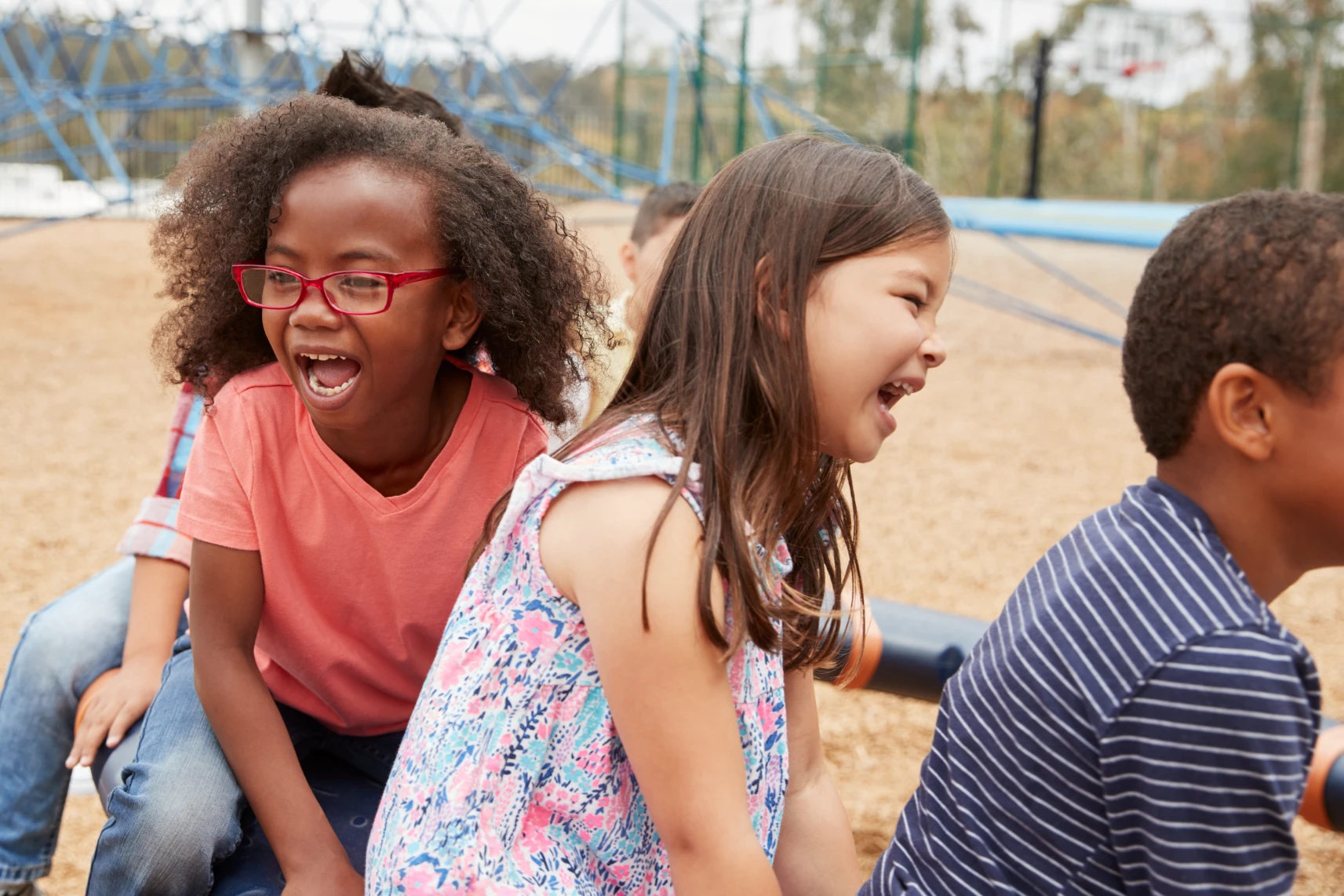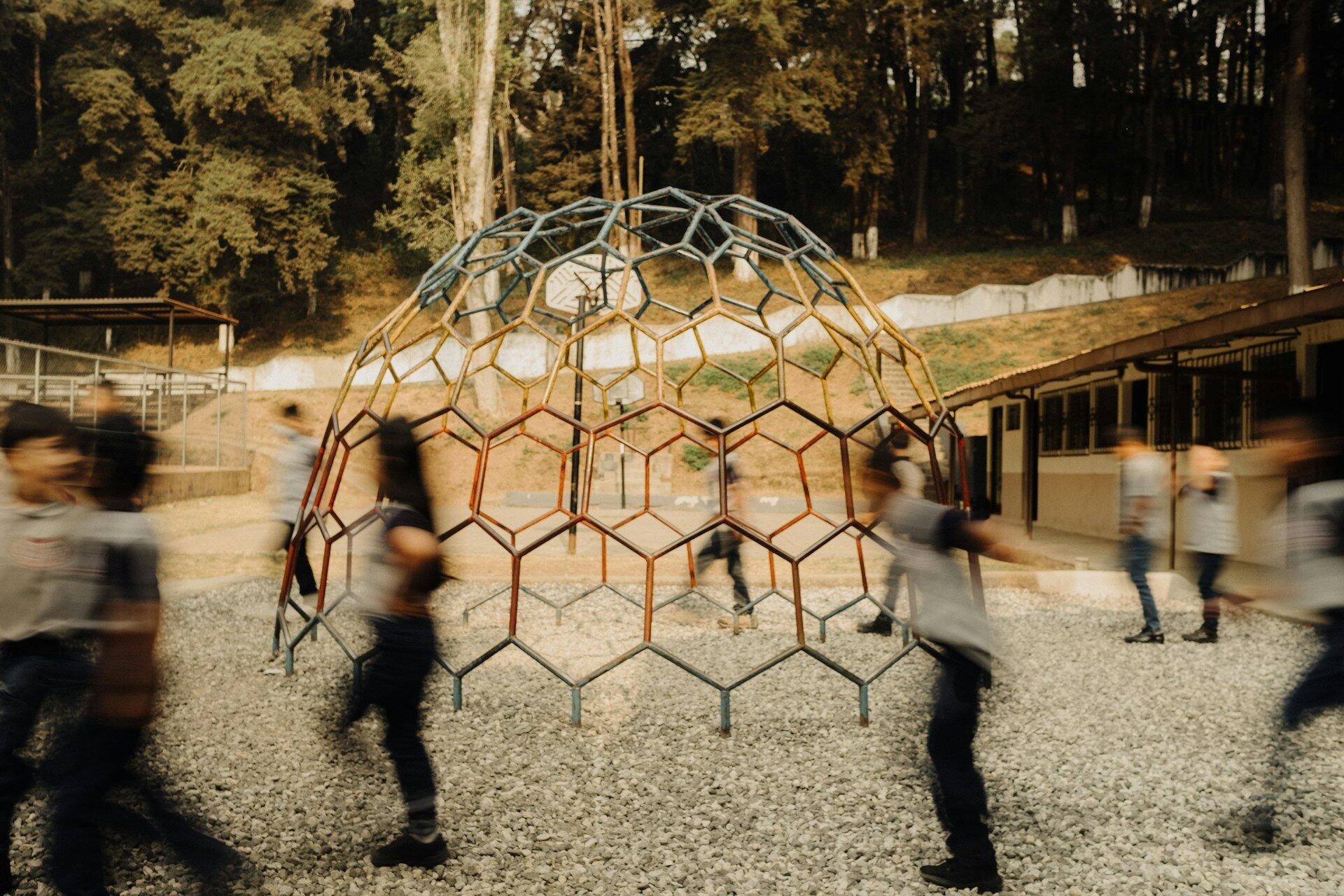Your search returned 146 results
Let them climb! How adults shape risky play opportunities for children
Let them climb! How adults shape risky play opportunities for children
Risk is often seen as something negative, but in the context of play, it refers to activities that children find exciting and challenging. While there’s always a small chance of a bruise or a scraped knee, risky play helps children test limits, make choices, and learn from mistakes.
These experiences build important life skills. Yet, opportunities for risky play have declined due to adult concerns and safety regulations. To support children’s development, it’s important to understand how play spaces are shaped – and how adults’ perceptions of risk and safety influence them.
This brief highlights key findings and recommendations from a 2024 study by Visser and colleagues on how adults shape opportunities for risky play. Based on interviews with parents, play professionals, and municipal policymakers in the Netherlands, this study explores how their beliefs, attitudes, and decisions collectively shape the social and physical environments in which children play.
This brief is particularly relevant for parents, play professionals, and policymakers.
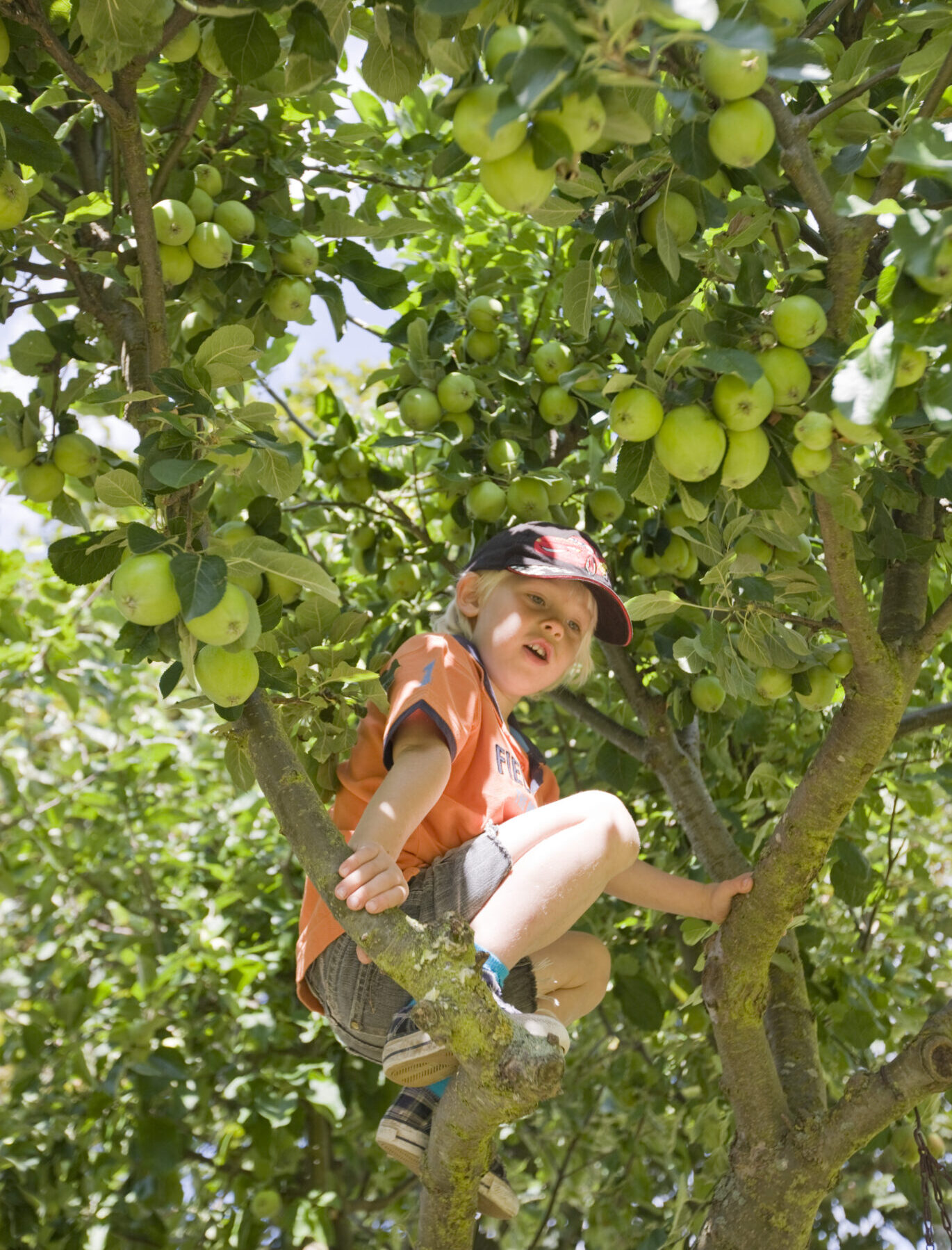
Moving Denmark 2025
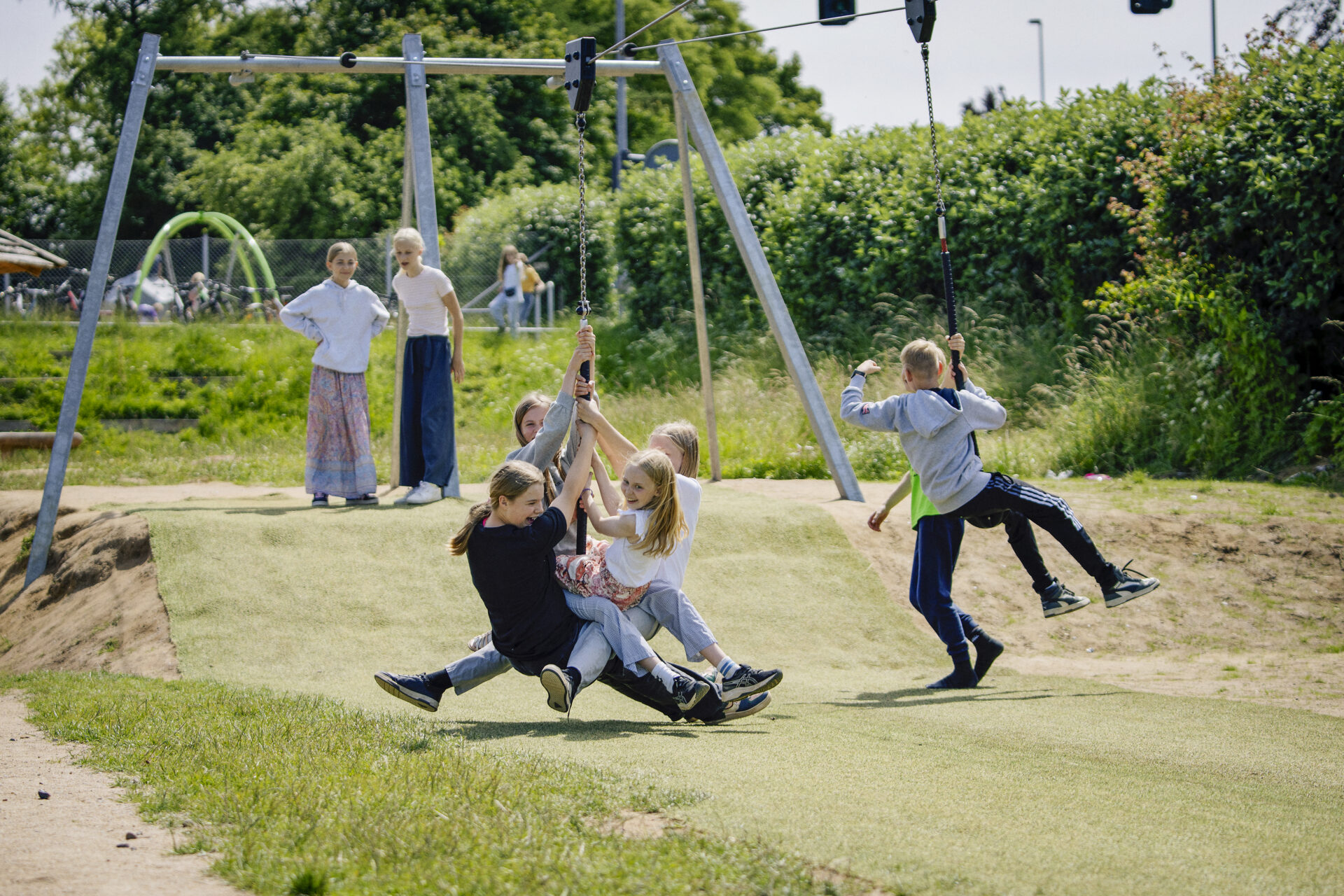
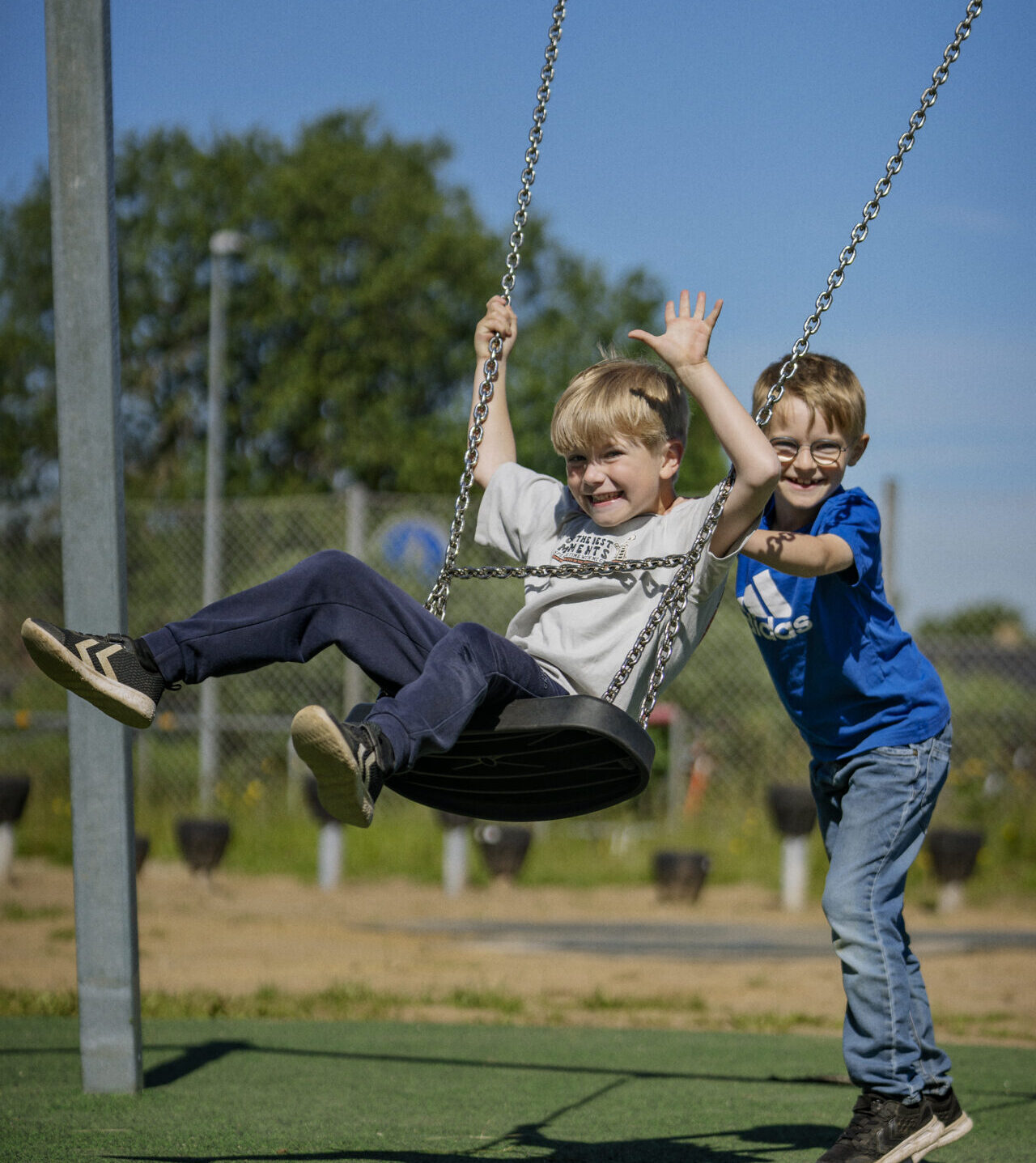
How do we create more child-friendly neighborhoods?
How do we create more child-friendly neighborhoods?
A child-friendly neighborhood supports the fundamental needs of children’s daily lives and promotes their physical, emotional, and social development.
However, parents’ perception of a neighborhood as child-friendly can influence where they choose to live and how comfortable they feel letting their children play outside or move around on their own. These choices affect children’s physical activity, which directly impacts their health and well-being.
To understand these choices, researcher Xiaoli Gong set out in her PhD project to develop a new instrument that measures how parents in the Netherlands perceive a neighborhood’s child-friendliness.
She also explored how these perceptions influence parents’ housing choices and children’s physical activity.
This brief summarizes key findings from Gong’s publications from 2024 and 2025, offering valuable insights for urban planners, designers, researchers, and professionals focused on child-friendly environments.
The findings can inform the planning of interventions to create more child-friendly neighborhoods that promote children’s physical activity and health.
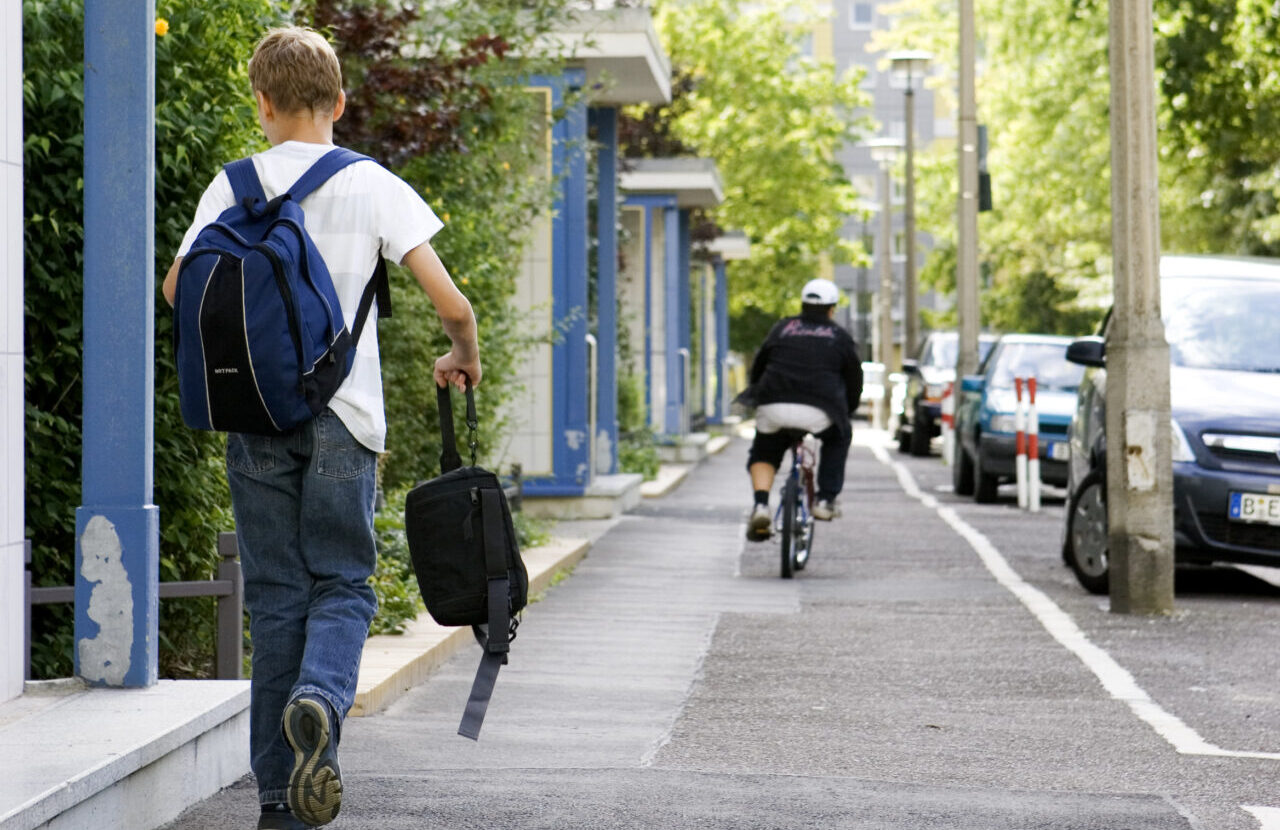
Social connectedness at the playground before and after COVID-19 school closure

Effects of Activity-zoned Playgrounds on Social Skills, Problem Behavior, and Academic Achievement in Elementary-aged Children

“He always wanted to be far”: Exploring Expanded Proxies to Design Social Play Experiences with Autistic and Neurotypical Children
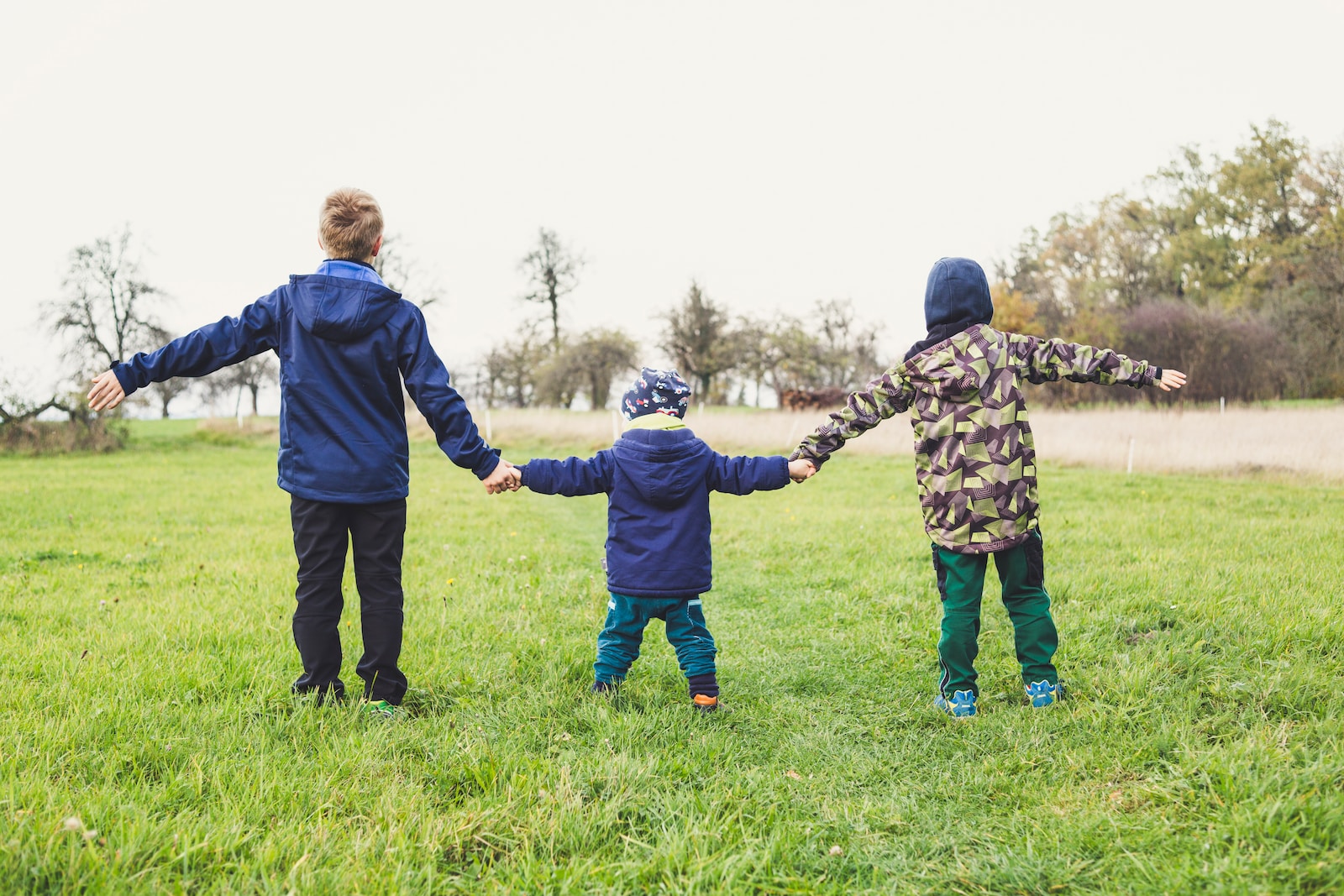
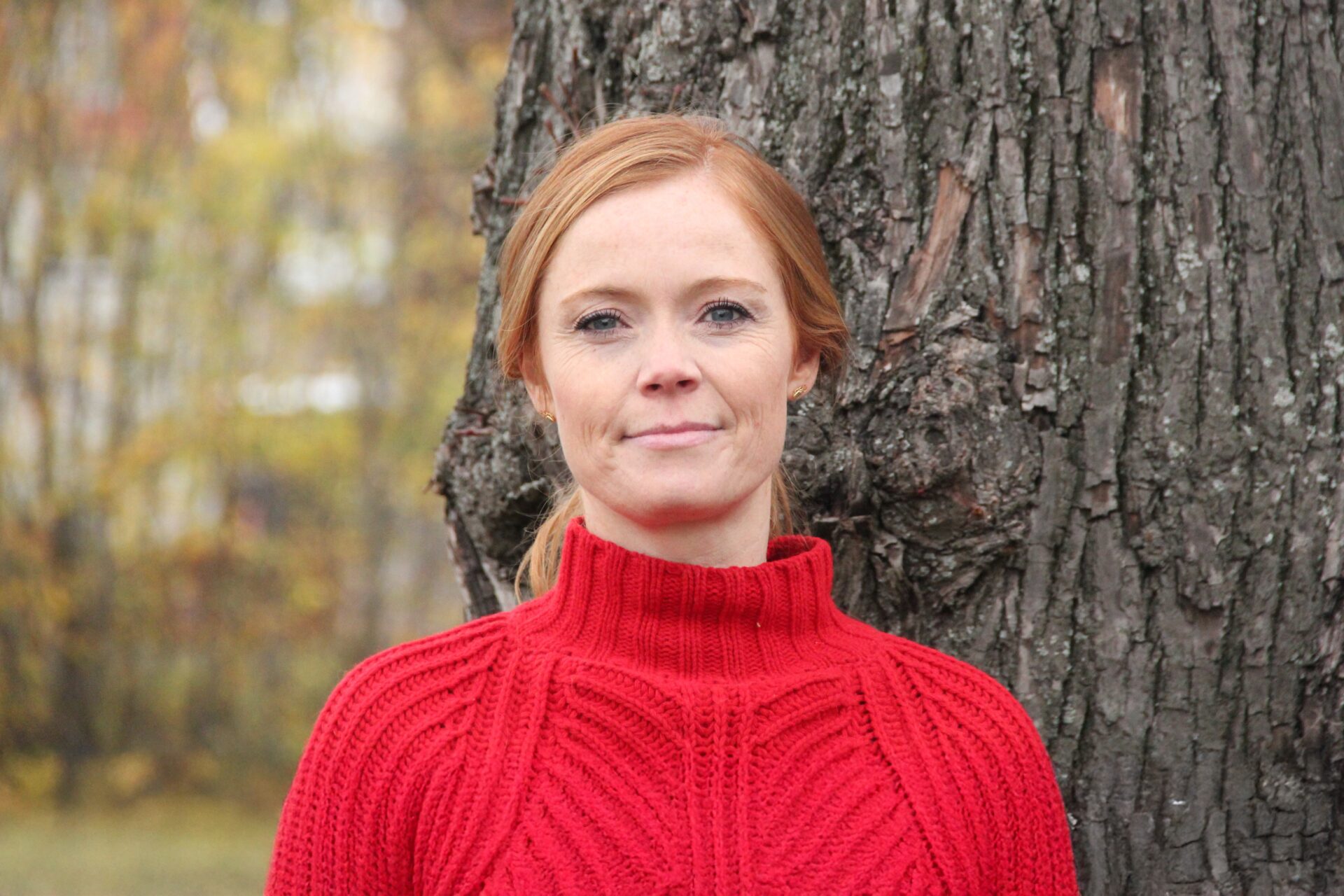
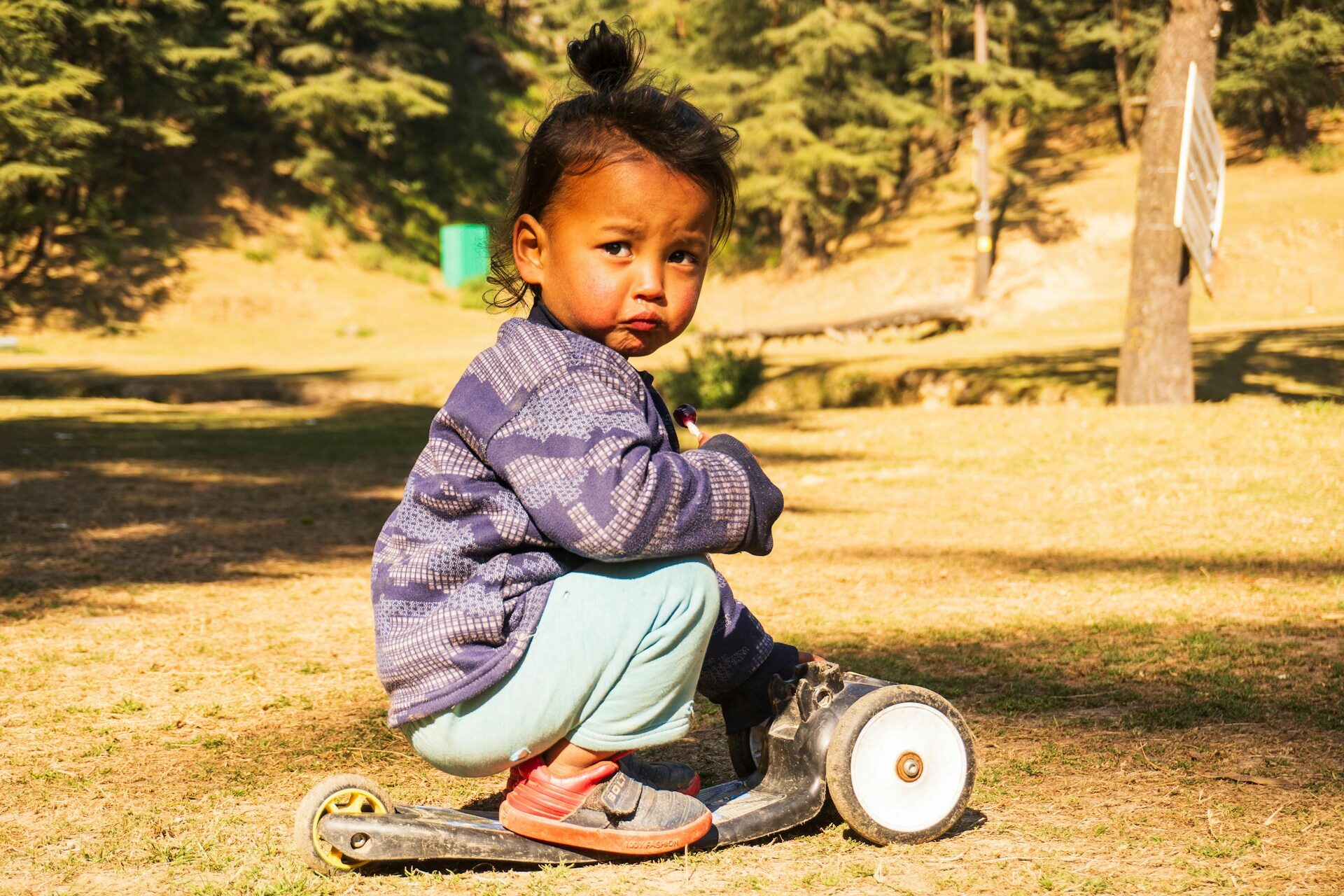
Community use of school grounds outside of school hours
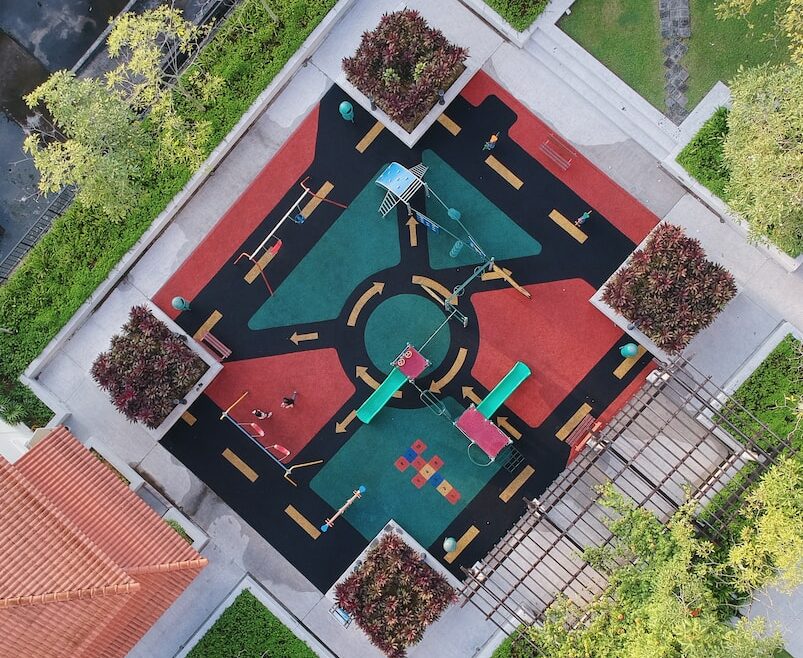
Having a Say in Places to Play: Children with Disabilities, Voice and Participation

Nature and success: Outdoor play is linked to school readiness
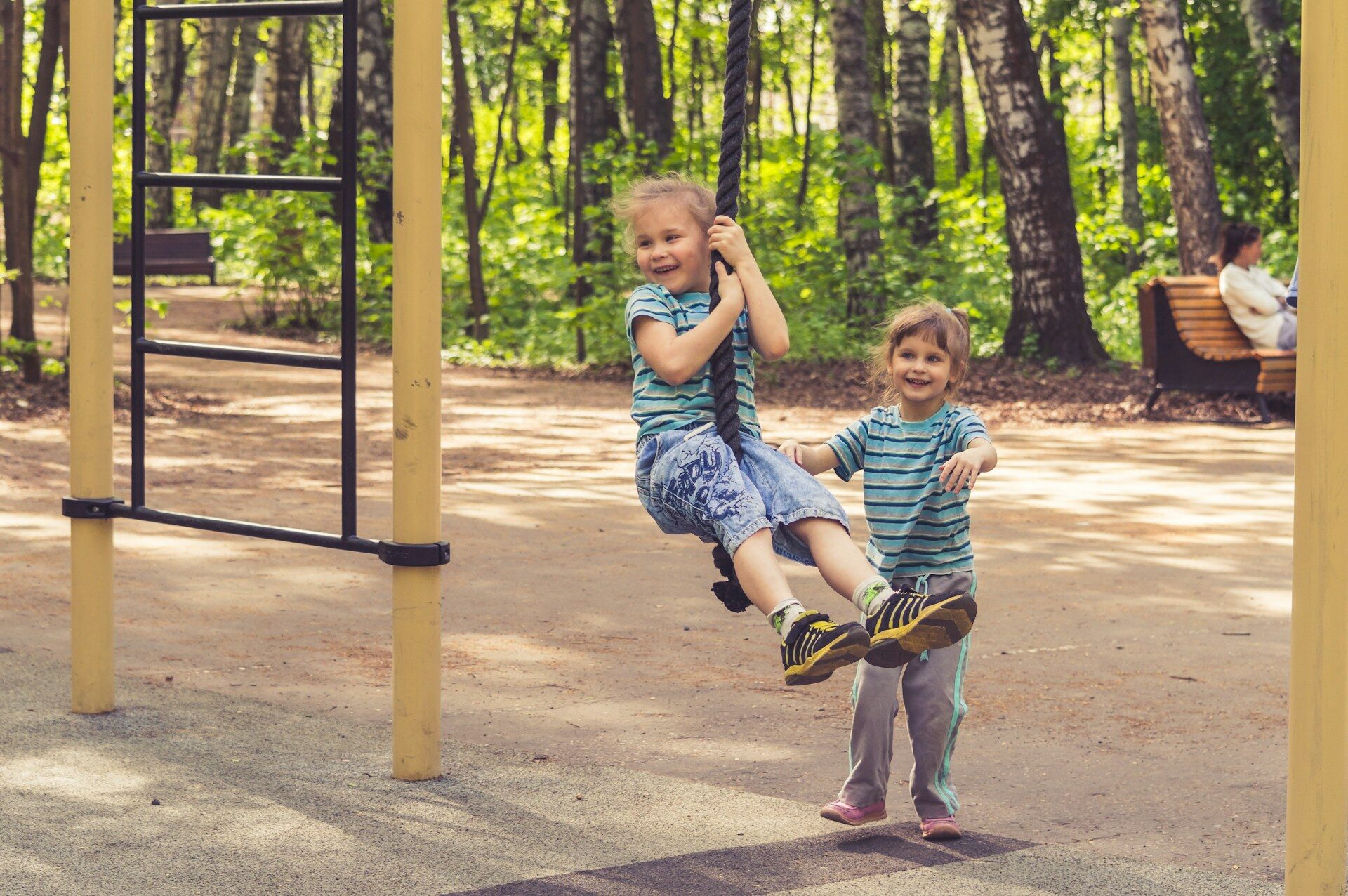
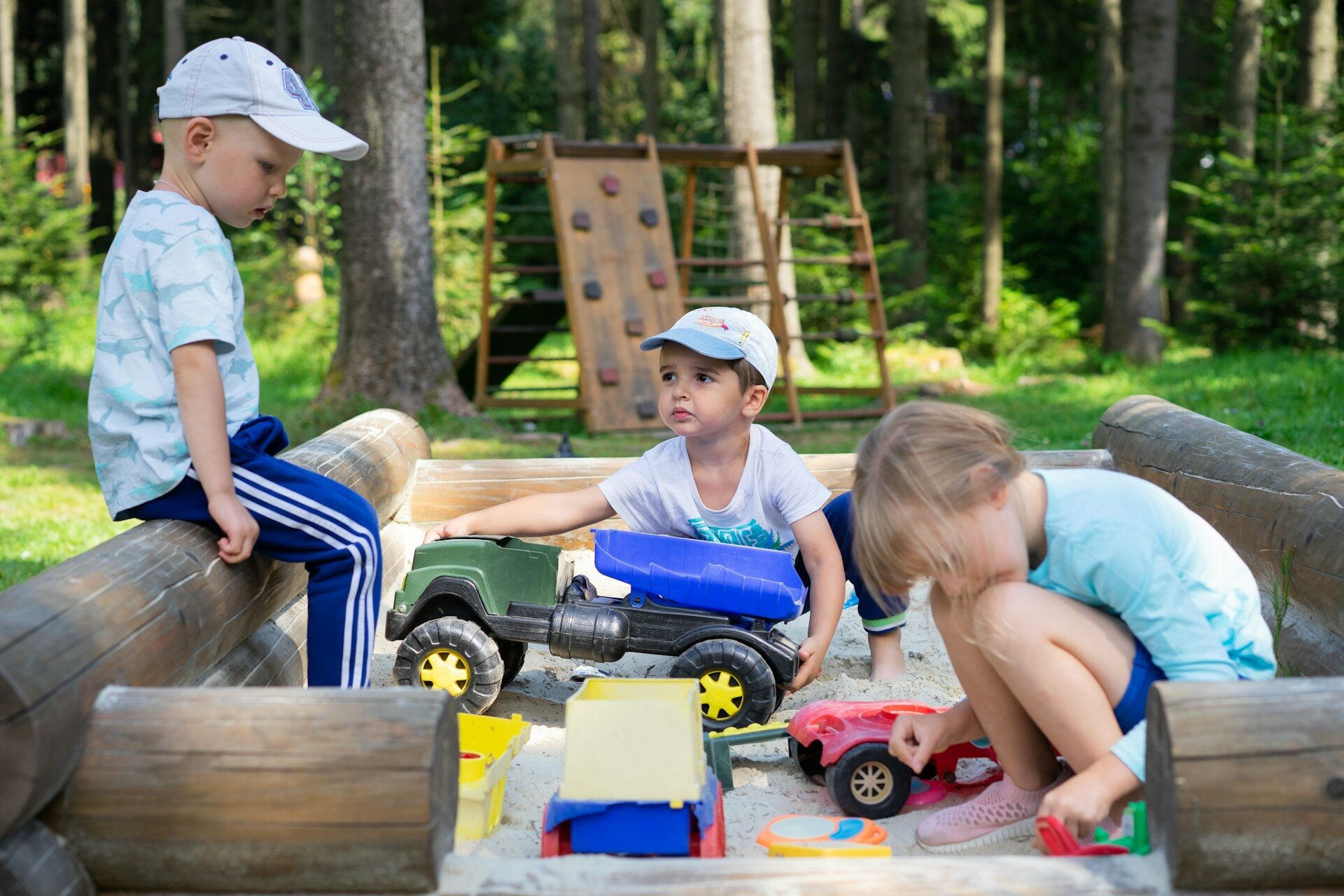


Comparison of the impact of school environment on body mass index, physical fitness, and mental health among Chinese adolescents: Correlations, risk factors, intermediary effects
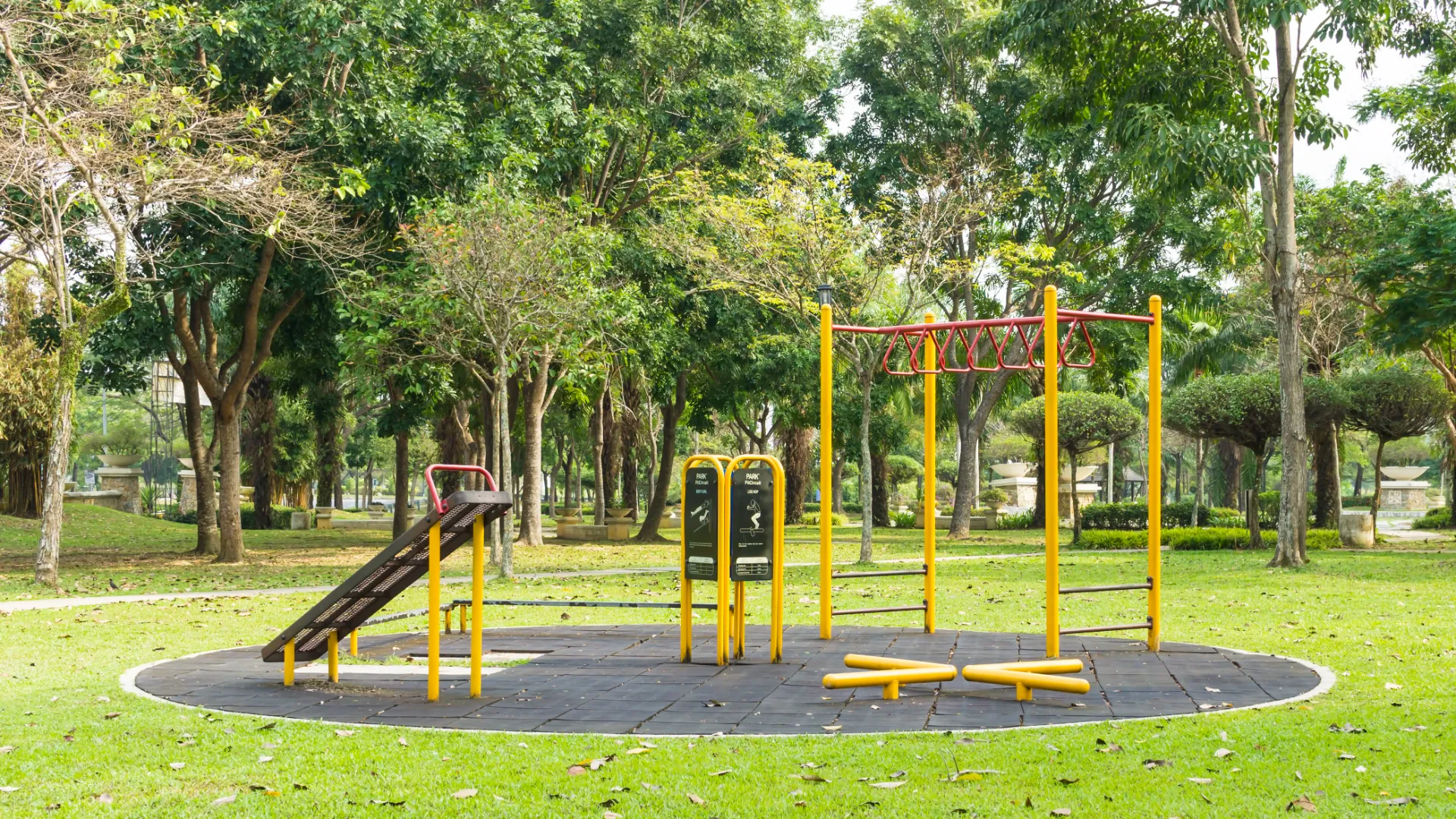
Opportunities for play in paediatric healthcare environments: a scoping review

The Power of Play: Examining the Impact of a School Yard Playground on Attitudes Toward School and Peer Relationships Among Elementary School Students in Chennai, India
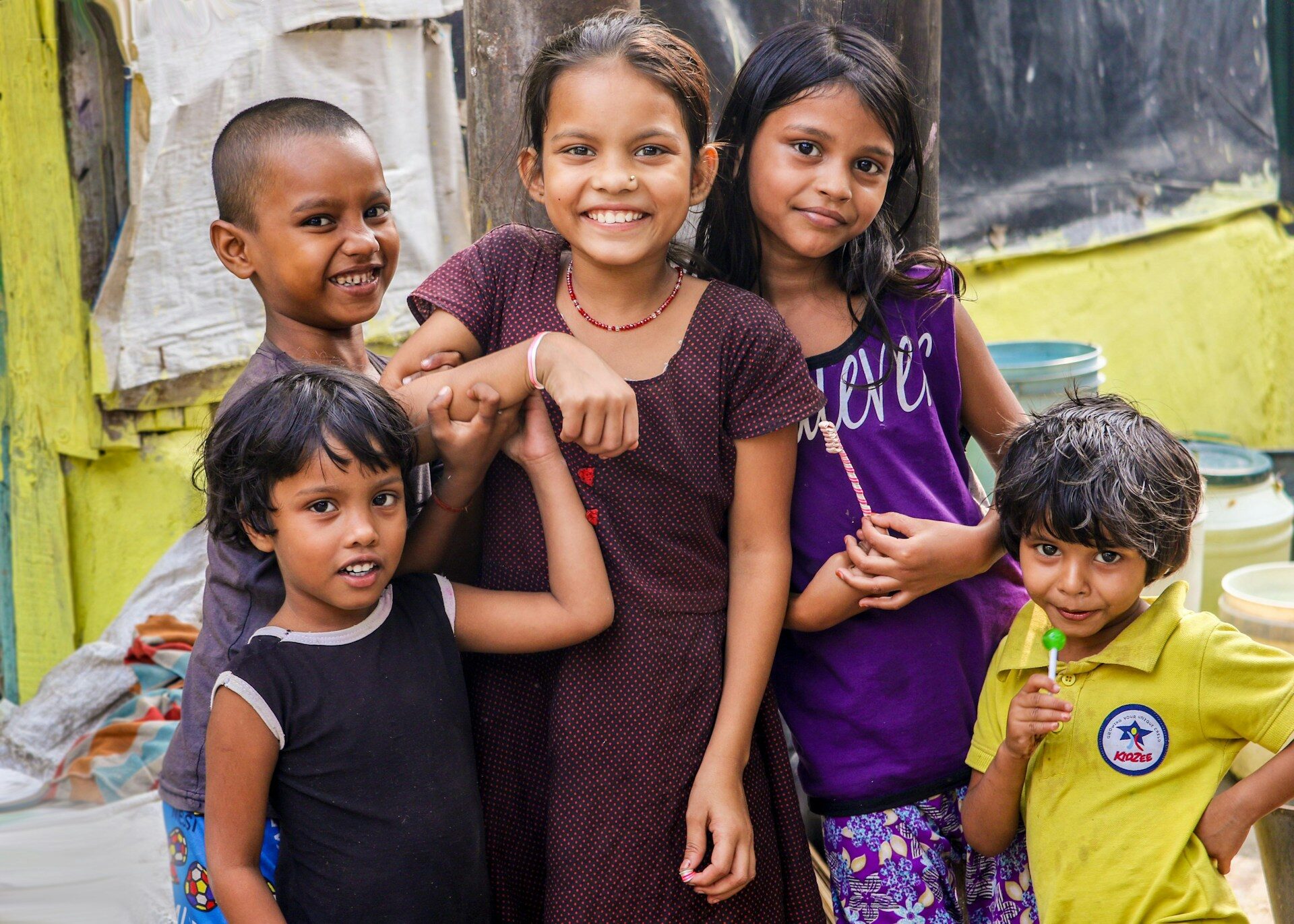
The playground as a laboratory for playful practices and social relations
